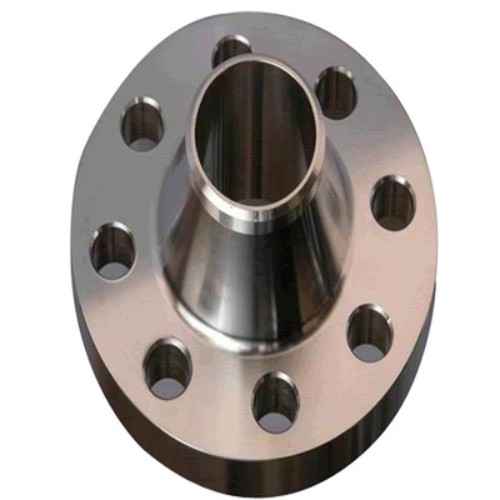Exploring the Benefits and Applications of Flexible Rubber Joints in Modern Engineering Solutions
The Role of Flexible Rubber Joints in Modern Engineering
In the realm of modern engineering, the importance of reliable and efficient joints cannot be overstated. Among the various types of joints available, flexible rubber joints have gained significant recognition for their versatility and effectiveness in a wide range of applications. This article delves into the features, benefits, and typical applications of flexible rubber joints, emphasizing their role in enhancing the performance and longevity of engineering systems.
Flexible rubber joints, often referred to as expansion joints or flexible couplings, are designed to accommodate movement and fluctuations in systems while maintaining structural integrity. Made from high-quality rubber materials, these joints are engineered to absorb vibrations, compensate for thermal expansions, and reduce the likelihood of leaks in piping systems. Their inherent flexibility allows for a degree of movement in multiple directions, making them ideal for various industrial applications.
The Role of Flexible Rubber Joints in Modern Engineering
Another significant advantage of flexible rubber joints is their role in accommodating thermal expansion. As temperatures fluctuate, materials in pipelines and machinery can expand or contract, which can lead to stress and potential failure in rigid connections. Flexible rubber joints provide the necessary allowance for these movements, ensuring the continuous operation of fluid and gas transport systems without the risk of leaks or ruptures. This capability is especially crucial in industries such as oil and gas, where the integrity of piping systems is vital for safety and efficiency.
flexible rubber joint tozen

Durability is another characteristic that sets flexible rubber joints apart. Designed to withstand harsh environments, these joints are resistant to various chemicals, high pressures, and extreme temperatures. This resilience makes them suitable for applications in wastewater treatment plants, chemical processing, and HVAC systems. The longevity of rubber joints not only reduces maintenance costs but also minimizes downtime, enhancing overall productivity.
Furthermore, flexible rubber joints are often user-friendly in terms of installation. Their lightweight design and inherent flexibility allow for easier maneuverability during the installation process, saving time and labor costs. Engineers often favor these joints for their ability to simplify complex systems and make maintenance more manageable.
In terms of environmental impact, flexible rubber joints contribute positively by preventing leaks and spills, particularly in fluid transportation systems. By ensuring that systems maintain their integrity, these joints help protect the surrounding environment from potential contamination, aligning with the increasing emphasis on sustainability in engineering.
In conclusion, flexible rubber joints are indispensable components in contemporary engineering. Their unique properties allow for improved performance, reduced maintenance, and extended operational lifespan across various industries. As technology advances and the demand for efficient and reliable systems increases, the significance of flexible rubber joints is poised to grow further, solidifying their place in the future of engineering solutions. The combination of flexibility, durability, and ease of installation makes these joints a critical consideration for engineers aiming to optimize their designs and ensure the integrity of their systems.
-
Breakthrough in Domestic Low Temperature Valve Technology in ChinaNewsAug.18,2025
-
From Machinery to Intelligent Brain: The Digital Transformation Wave of the Valve IndustryNewsAug.18,2025
-
PCVEXPO 2025NewsAug.18,2025
-
The Key to Fluid Control: Exploring the Advantages of Ball Valves in Industrial SystemsNewsJul.09,2025
-
The Versatile World of 1, 2, and 3 Piece Ball ValvesNewsJul.09,2025
-
Stainless Steel Ball Valves: The Ideal Choice for Efficient Flow ControlNewsJul.09,2025
-
Optimizing Fluid Control with Ball Float ValvesNewsJul.09,2025




